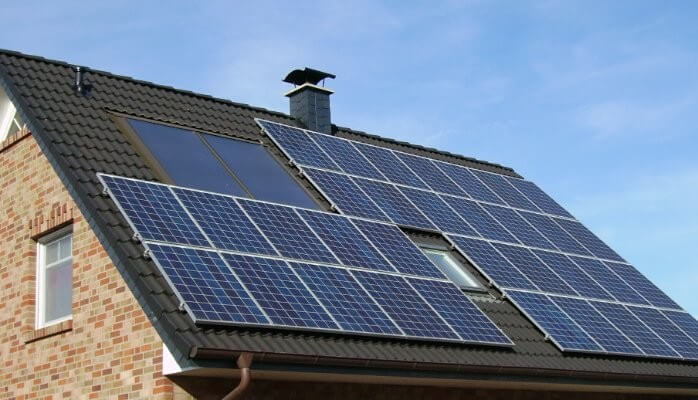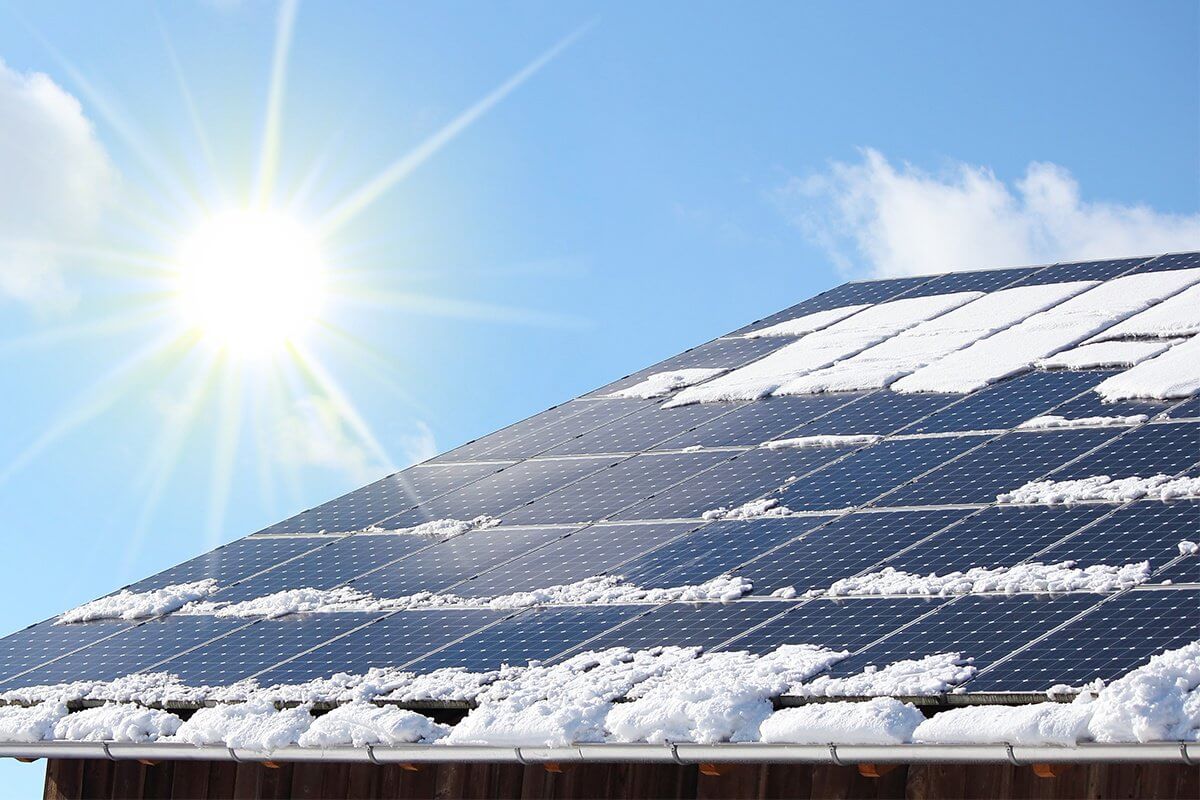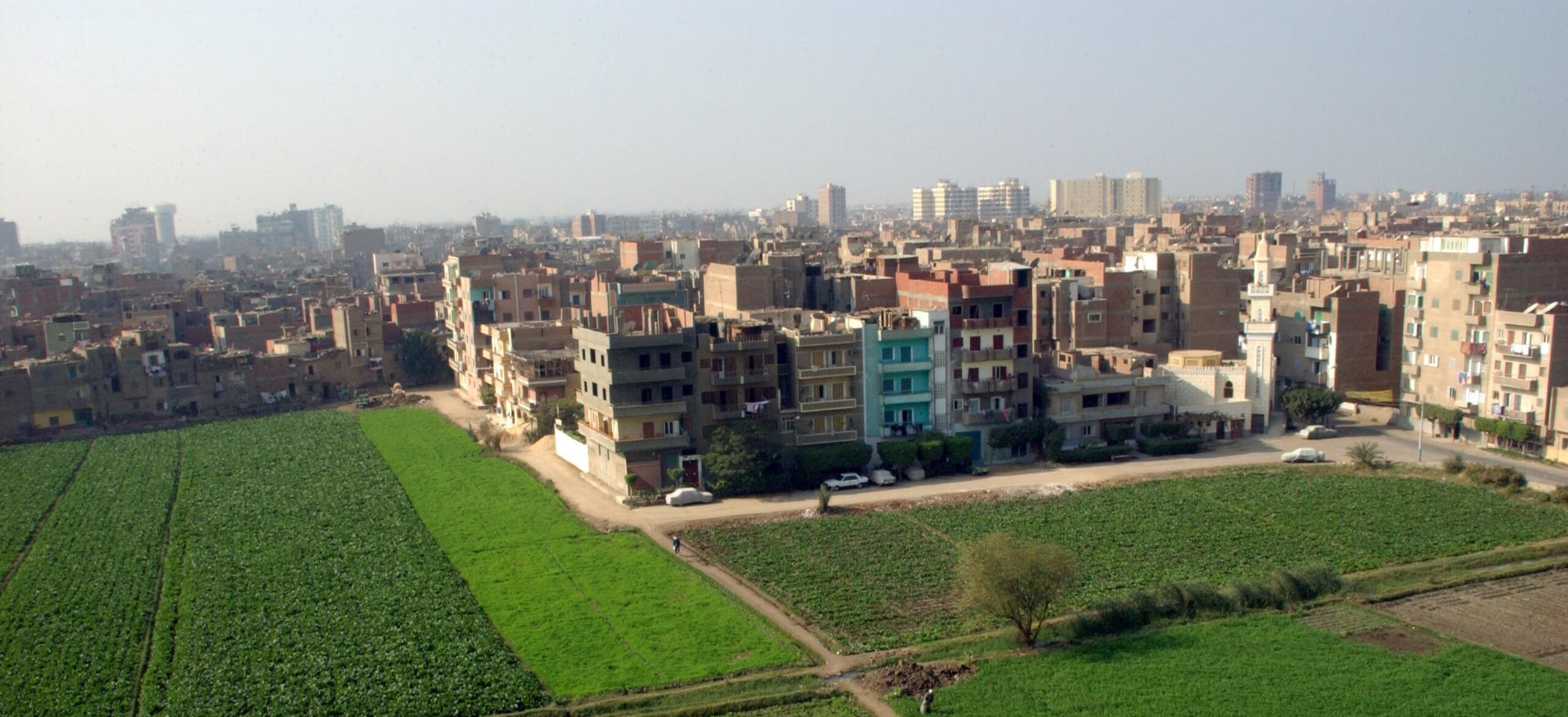
Mountain towns offer stunning views and plenty of fresh air. Unfortunately, their remoteness often results in limited infrastructure with less developed and dependable power grids than suburban areas. Still, the towns typically have an abundance of sunshine, unobstructed and waiting for a Denver solar installer or another mountain location installer. Solar energy is a vital and potentially innovative solution to the unique dilemma so many mountain communities face.
Abundant Sunshine

Solar panels North Carolina and in other mountainous states benefit from the higher altitudes of mountain towns. The higher you climb, the thinner the atmospheric cover above you. The Earth’s atmosphere acts as a filter for solar radiation. More solar radiation gets through at a higher altitude, which is a significant advantage for solar panels and people interested in solar energy.
Because more solar radiation gets through at higher elevations, solar panels can absorb more of the sun’s energy. On average, solar arrays in mountain towns can experience a 10-15% increase in output because of their elevation.
Snow and Solar

People assume that desert or tropical areas benefit the most from solar because of more consistent sun exposure, but that is not always true. Despite the belief that colder climates and snowy regions aren’t suitable for solar panel installations, the assumption is not true.
Mountain towns that experience their fair share of snowfall and cold temperatures are perfect places for solar. A solar panel actually works more efficiently in cooler temperatures. Also, solar panels in snowy environments benefit from something called the albedo effect. Essentially, the snow is a reflective surface, acting somewhat like a mirror. When the sun hits the snow surface, it reflects back toward the solar panels, giving a double dose of sunshine. The extra exposure boosts a panel or array’s output.
City’s Green Initiatives

Solar panels Virginia and in other mountainous regions have an opportunity to align reliable energy goals with environmental protection. By adopting solar power through residential systems, community-scale arrays, microgrids, and business initiatives, mountain towns can reduce reliance on fossil fuels, meet state renewable energy targets, limit emissions, and see an economic benefit.
For green initiatives to work, it is essential for local, regional, and state programs to reach a cohesive and manageable vision. States can focus on broader regulations while giving communities the power to offer rebates, tax incentives, and streamlined installation processes.
Overcoming Challenges
While solar power is an excellent option for mountain towns, it is not without its challenges. The logistics of transporting panels and equipment to remote sites is difficult. Also, because of steep slopes, valleys, and potentially protected lands, there are limited sites for installations. Finally, mountain regions tend to face extreme weather shifts that can delay construction and pose risks to installers. Still, with ground mount innovations, creative site selection, and microgrids, mountain region accessibility is possible.
Is solar right for your mountain town or home? Contact a local solar installer to learn more about solar installation and its benefits. Mountain towns can be ideal locations for solar, but you’ll never know if you don’t ask.
Jordan Avery
Related posts
Stay connected
- How LoveOn Chat Is Becoming the Most Versatile AI Companion for Digital UsersThe internet keeps shifting toward hyper-personal interaction, and AI companions are at the center of this shift. What used to be simple chatbots are now evolving into emotionally aware, adaptive, and multi-functional digital partners. Among the new generation of platforms, LoveOn Chat is becoming one... The post How LoveOn Chat Is Becoming the Most Versatile […]
